Many positive signals
From 2024, the Ministry of Agriculture and Environment (MARD) will coordinate with relevant units and 5 localities in the Mekong Delta to implement 7 pilot models to deploy high-quality and low-emission rice cultivation processes with an area of 50 hectares/model in the 2 summer-autumn and autumn-winter crops of 2024. In the summer-autumn crop of 2025, continue to deploy 6 pilot models (except the shrimp-rice model) and expand 5 new models to continue implementing the emission-reducing cultivation process. At the same time, coordinate with the International Rice Research Institute (IRRI) and the World Bank (WB) to pilot the emission measurement, reporting and verification (MRV) process. Along with the pilot models, from the winter-spring and summer-autumn rice crops of 2025, localities have proactively deployed more than 100 high-quality and low-emission rice cultivation models, with a total area of more than 4,518 hectares.
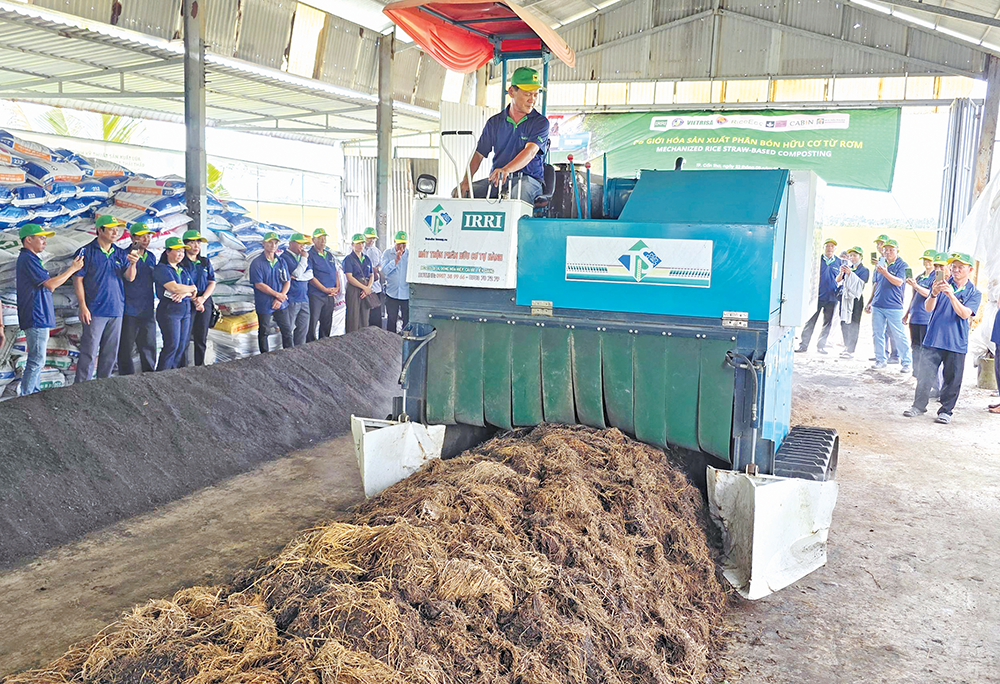
Farmers visit the organic fertilizer production process from straw at Tien Thuan Cooperative in Thanh Quoi Commune, Can Tho City.
The models have shown that farmers have reduced many input production costs and increased profits thanks to promoting mechanization and synchronously applying new technical and technological advances. Farmers also have their rice purchased by enterprises at prices higher than the market price.
According to Mr. Nguyen Cao Khai, Director of Tien Thuan Cooperative, Can Tho City, recently, farmers at the Cooperative have participated in the model of producing high-quality and low-emission rice and have been supported and guided by the authorities to apply many types of modern machinery and technology in the entire cultivation process. Farmers save a lot of time and costs compared to traditional production. In particular, the Cooperative has been supported to apply machinery and technology to collect straw for growing straw mushrooms and continue to compost the waste straw substrate by machine to make organic fertilizer for crops. Thereby, increasing income and overcoming the situation of burning straw, causing waste and negative impacts on the environment.
According to Ms. Nguyen Thi Giang, Deputy Director of the Department of Agriculture and Environment of Can Tho City, the Mekong Delta is the country's key rice production region, contributing over 50% of rice output and over 90% of rice exports. Faced with the growing challenges of climate change, saltwater intrusion, rising production costs, product traceability and the need to reduce greenhouse gas emissions, our rice industry is demanding a new, more modern, greener and more sustainable direction.
Actively promote technology application
According to assessment reports from professional agencies, the application of modern machinery and technology in the cultivation of high-quality and low-emission rice is essential. Therefore, farmers and businesses in localities have been interested in promoting the synchronous application of technology and technical advances in the production, processing and consumption of products from the rice value chain.
Mr. Le Van Dung, Deputy Director of An Giang Agricultural Extension Center, said: “ Science, technology and innovation applied to the production of high-quality and low-emission rice have brought great benefits to rice farmers. In An Giang, recently, farmers of many cooperatives participating in high-quality and low-emission rice production models have been guided to apply synchronous technological solutions from the process of land preparation, sowing to rice care, harvesting, and straw treatment."
In particular, Mr. Le Van Dung said that many models have applied alternating flooding and drying technology to reduce greenhouse gas emissions and have used technology devices integrated with artificial intelligence (AI) to automatically measure water levels in the fields and record indicators of greenhouse gas emissions. This is a very good solution, providing a clear, transparent data source that can be viewed on smartphones. Thereby saving labor costs and reducing many other costs. It is necessary to expand the application to effectively implement the 1 million hectare rice project.
Can Tho City has an area of 170,000 hectares to implement the 1 million hectare rice project by 2030, of which the area implemented this year is 104,500 hectares. From 2024 to now, Can Tho has implemented 12 pilot models according to the criteria of the 1 million hectare rice project, with a scale of 50 hectares/model.
According to Ms. Pham Thi Minh Hieu, Head of the Department of Crop Production and Plant Protection, Department of Agriculture and Environment of Can Tho City, thanks to the application of new technologies and precise mechanical machinery for sowing and caring for rice, farmers can reduce the amount of seeds used by 40-50%, reduce the amount of fertilizers and pesticides used by 20-30%, while the yield and quality of rice increase. New technologies, especially 4.0 technology, have helped reduce costs and improve production efficiency significantly.
According to Ms. Huynh Kim Dinh, Deputy Director of the National Agricultural Extension Center, Ministry of Agriculture and Environment, many advanced technologies have been applied to the process of developing high-quality and low-emission rice production in the Mekong Delta, especially the application of digital technology and precision mechanization technology. In particular, the application of digital technology to monitor and evaluate emission reduction indexes has helped farmers see their achievements in improving production efficiency, ensuring food security and reducing emissions in rice fields. Biotechnology solutions are also applied in straw treatment, management and use of agricultural by-products in the direction of circular economy. Digital technology has replaced a lot of human effort, helping to save a lot of time and costs.
In the future, Ms. Huynh Kim Dinh said that the National Agricultural Extension Center will continue to implement many programs and activities to promote the dissemination, transfer and application of technology in the management of high-quality and low-emission rice cultivation. Research, evaluate, monitor and propose the application of effective and cost-effective models and technologies to help farmers increase profits.
Article and photos: KHANH TRUNG
Source: https://baocantho.com.vn/dua-cong-nghe-vao-quan-ly-canh-tac-lua-chat-luong-cao-va-phat-thai-thap-a192321.html


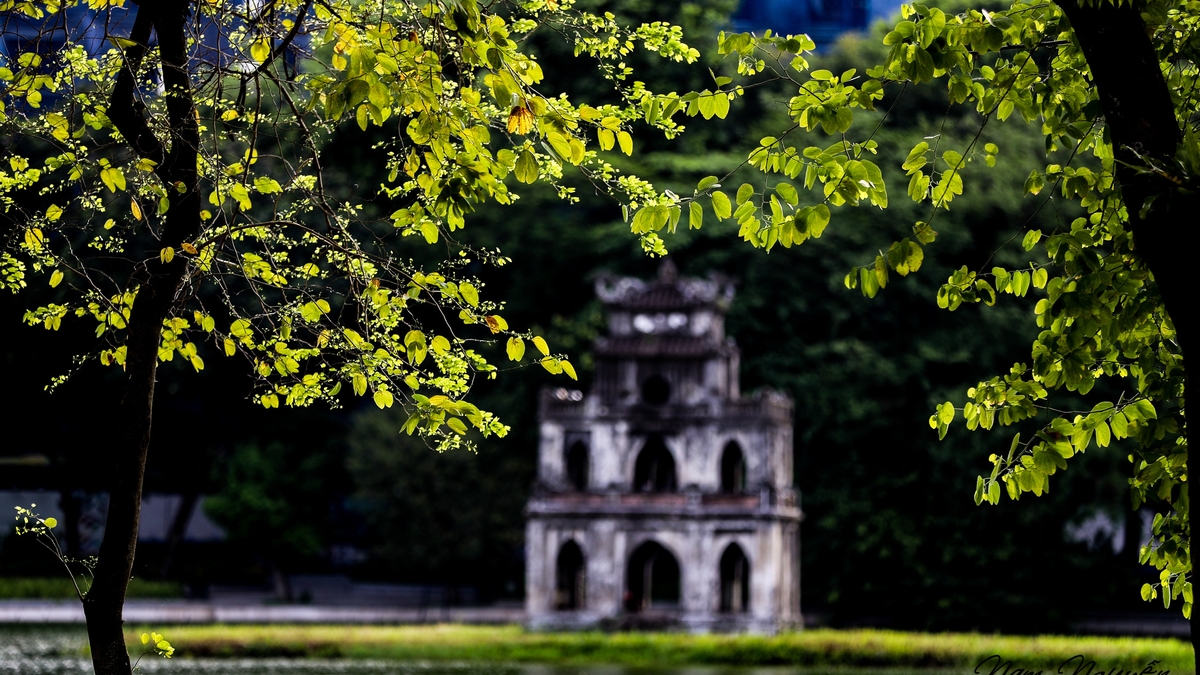




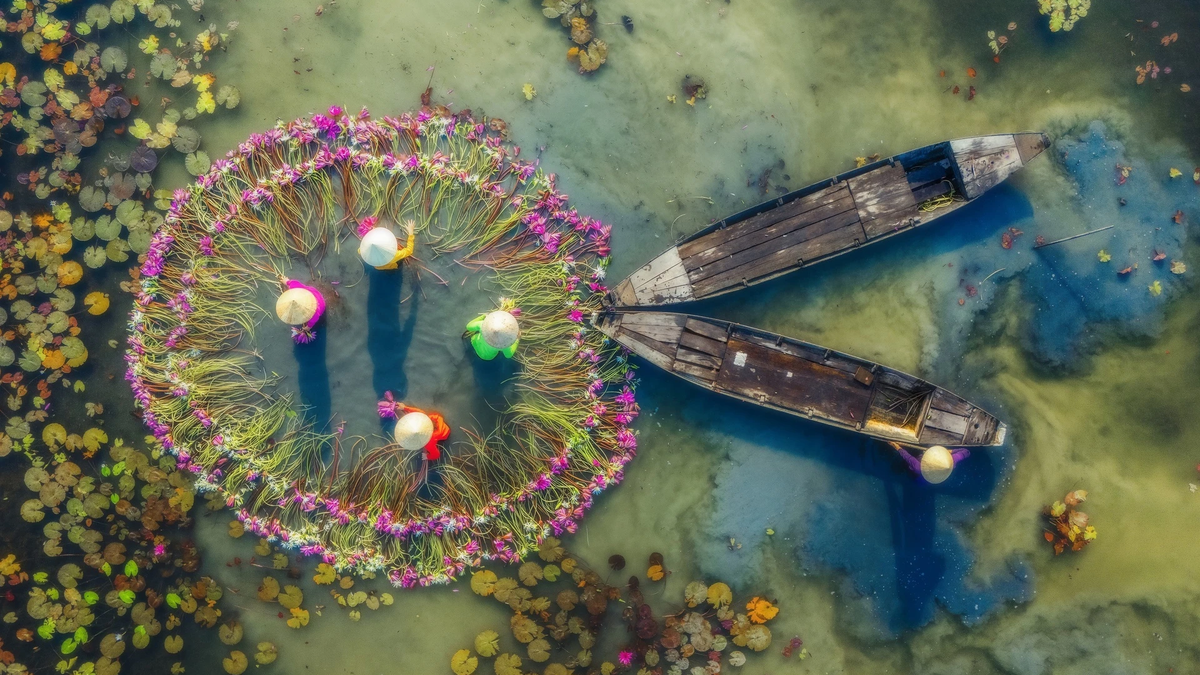
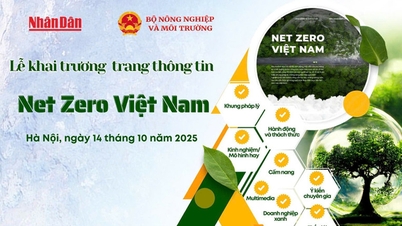

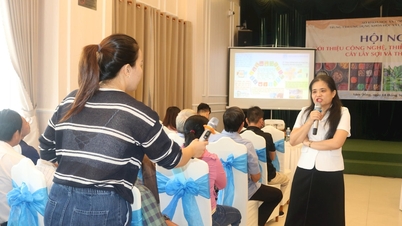

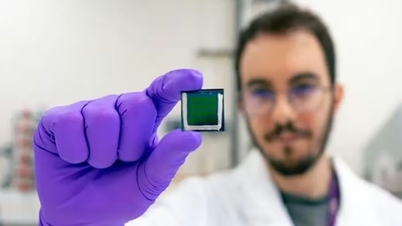

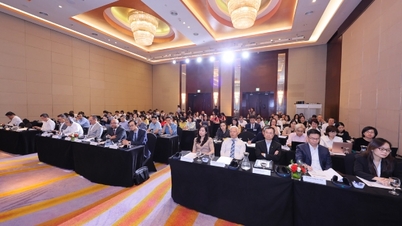


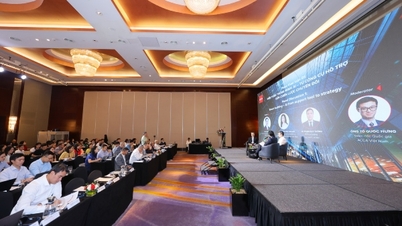
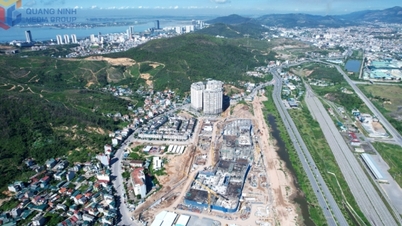

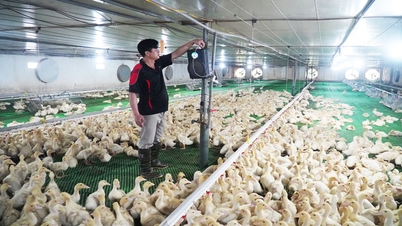
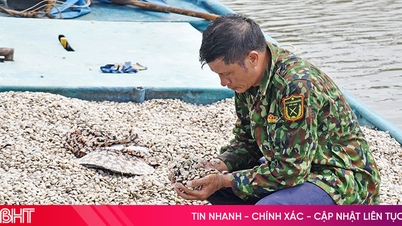




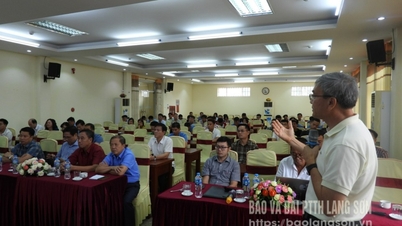






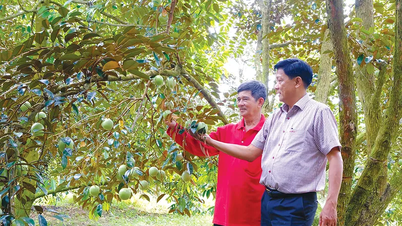
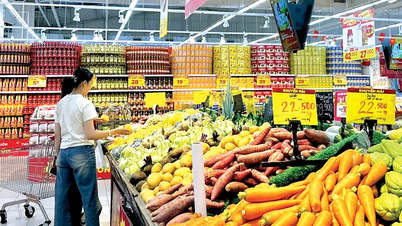
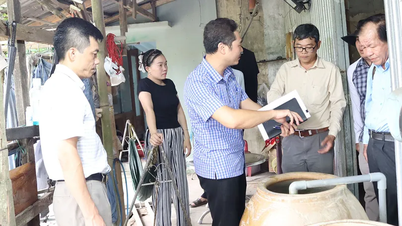
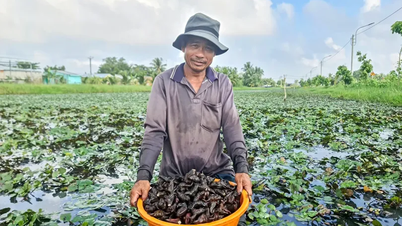
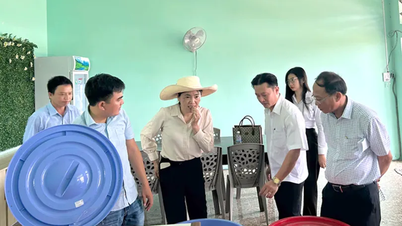
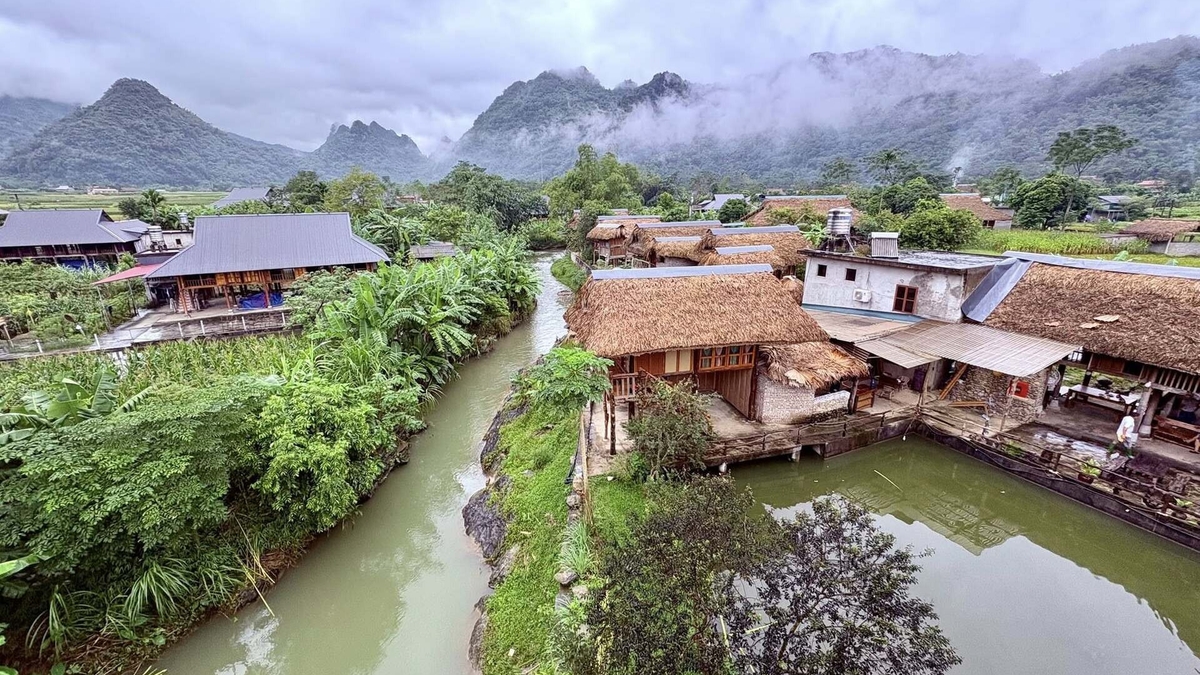
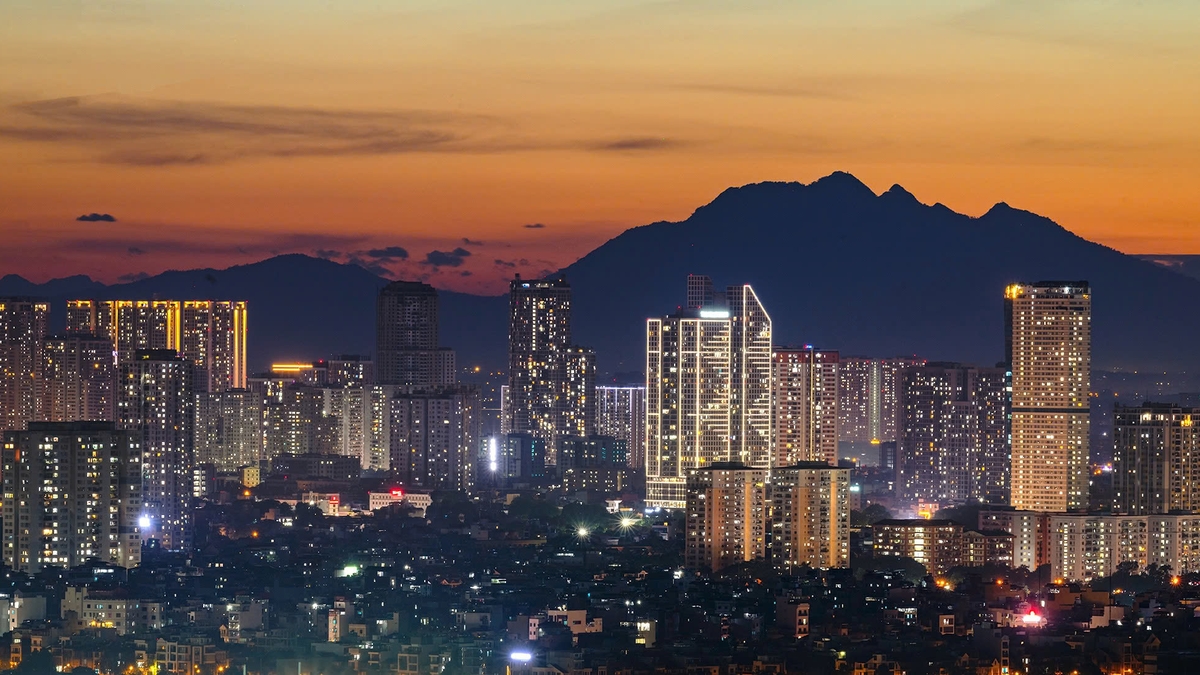
![[Photo] Ready for the 2025 Fall Fair](https://vphoto.vietnam.vn/thumb/1200x675/vietnam/resource/IMAGE/2025/10/14/1760456672454_ndo_br_chi-9796-jpg.webp)
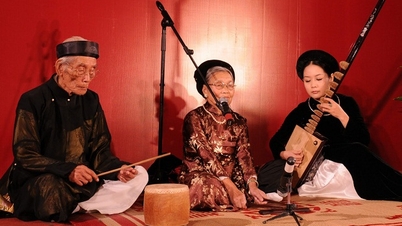

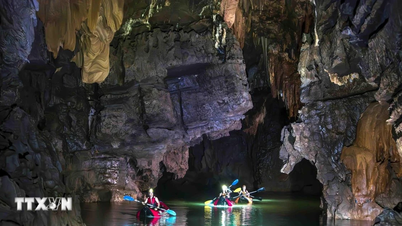

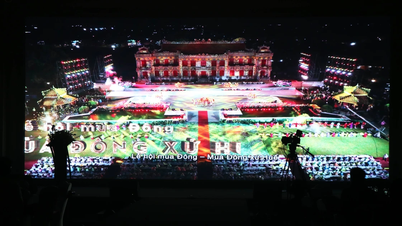
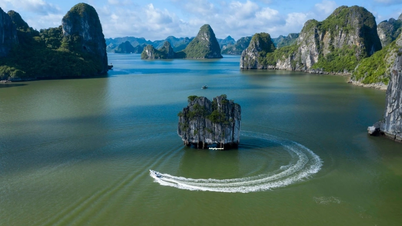
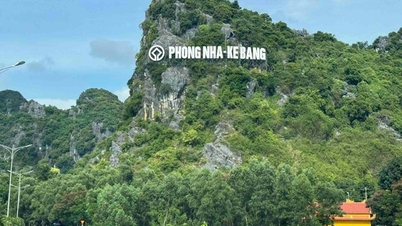

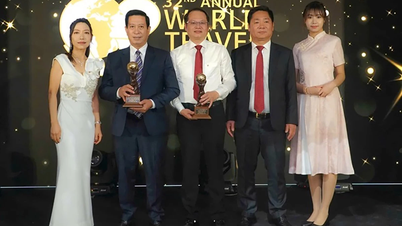

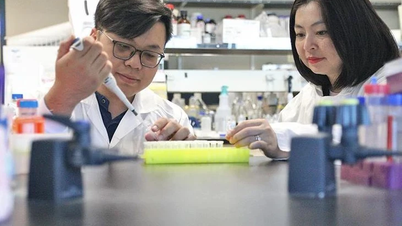

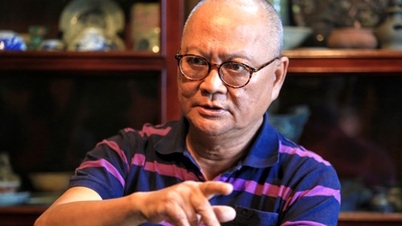









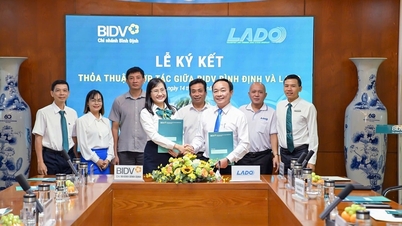
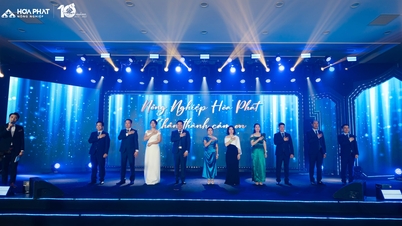


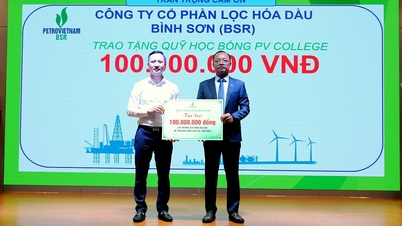
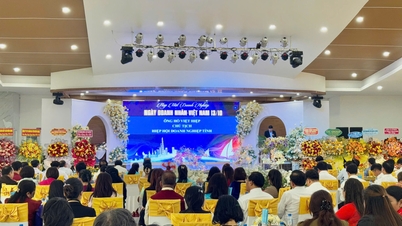
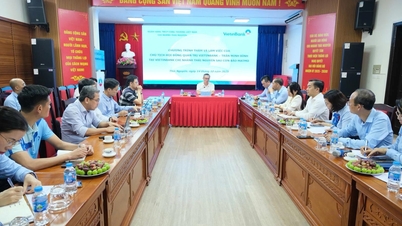






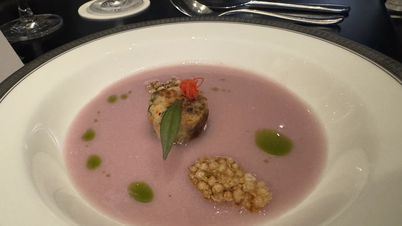

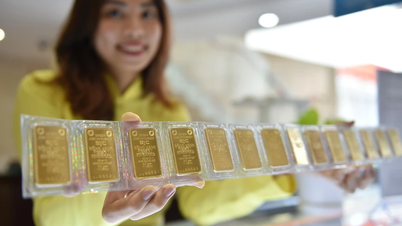
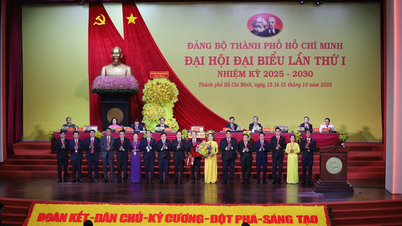


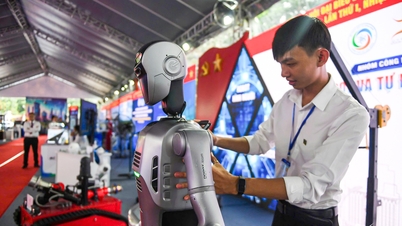
![[Photo] General Secretary To Lam chairs the meeting of the Central Steering Committee on science, technology development, innovation and digital transformation](https://vphoto.vietnam.vn/thumb/402x226/vietnam/resource/IMAGE/2025/10/15/1760500443782_anh-man-hinh-2025-10-15-luc-10-52-47.png)
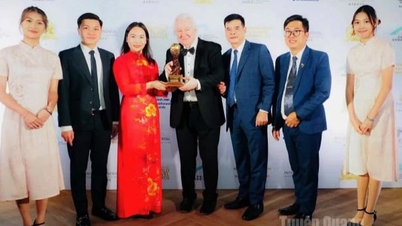

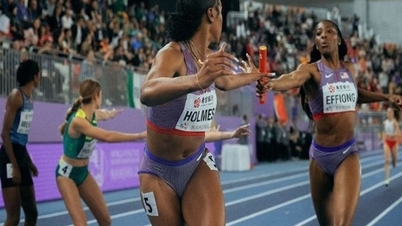
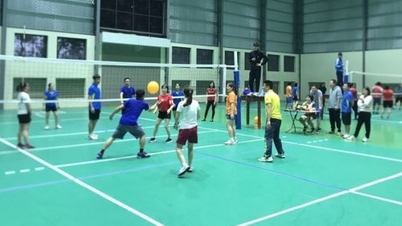

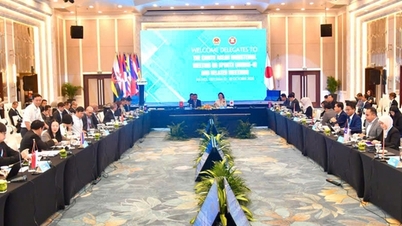
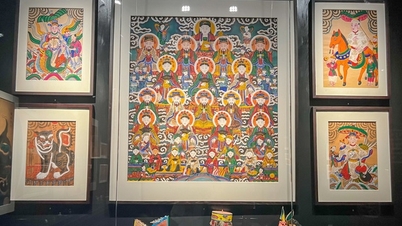
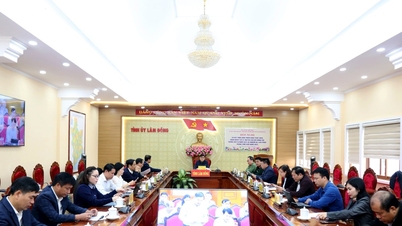
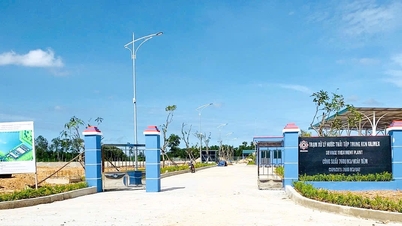

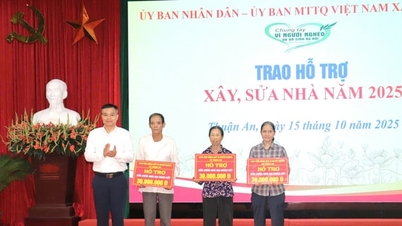

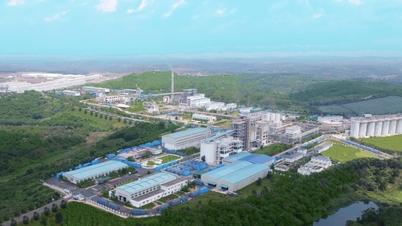
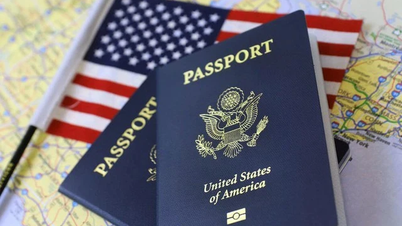

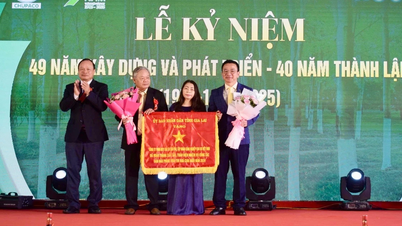





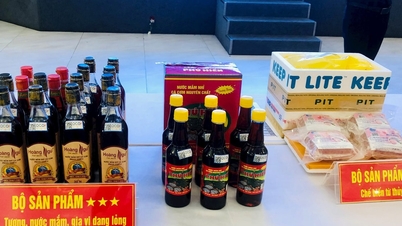








Comment (0)